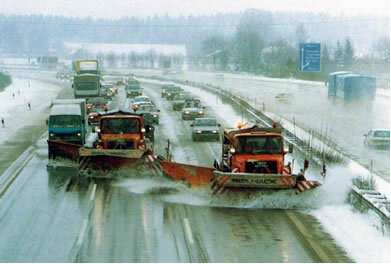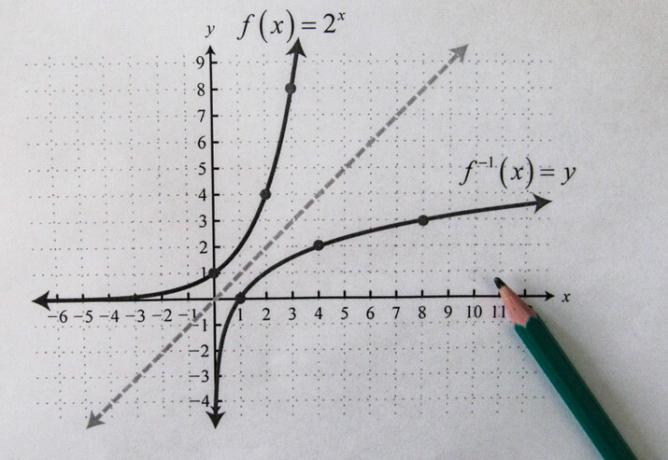Normally, when having a barbecue, most people like to have a cold beer as an accompaniment. To speed up its cooling, salt is placed on ice around the drink. This causes the ice to melt and the brine to a lower temperature than it was when there was only ice.
To understand exactly why this happens, let's look at what makes a substance go from a liquid to a solid state. For this to happen, molecules must lose kinetic energy; and there are some factors that influence this release. Among these is the type of intermolecular forces of each substance. The smaller or weaker the attraction forces of molecules, the lower the freezing point.
Thus, the solidification point (freezing temperature) of water is 0°C at sea level, however, when adding some non-volatile compound (such as salt), the molecules of this strongly attract water molecules, making it difficult for the ice crystals to organize and, consequently, lowering their point of freezing. For comparison, in a solution with 10% of salt, the freezing point will drop to -6°C and with 20%, for -16°C.
Thus, it is experimentally proven that the addition of a non-volatile solute to a solvent gives rise to a solution that has a solidification point lower than the pure solvent. This is the object of study of the cryoscopy or Cryometry.
This same principle is used in regions where it snows a lot. To melt the ice on the roads, the responsible department spreads salt on the streets. Also to prevent the water in the car's radiator from freezing, additives that act as antifreeze are added. The most common is ethylene glycol (C6H6O2).
This is also why ocean water, which contains several non-volatile solutes such as salt (Sodium Chloride), remains liquid, despite the temperature in these regions being below 0°C.

In countries where there is a lot of snow, salt is thrown on the roads
By Jennifer Fogaça
Graduated in Chemistry
Brazil School Team
Source: Brazil School - https://brasilescola.uol.com.br/quimica/por-que-se-coloca-sal-no-gelo-para-esfriar-mais-rapido-.htm


